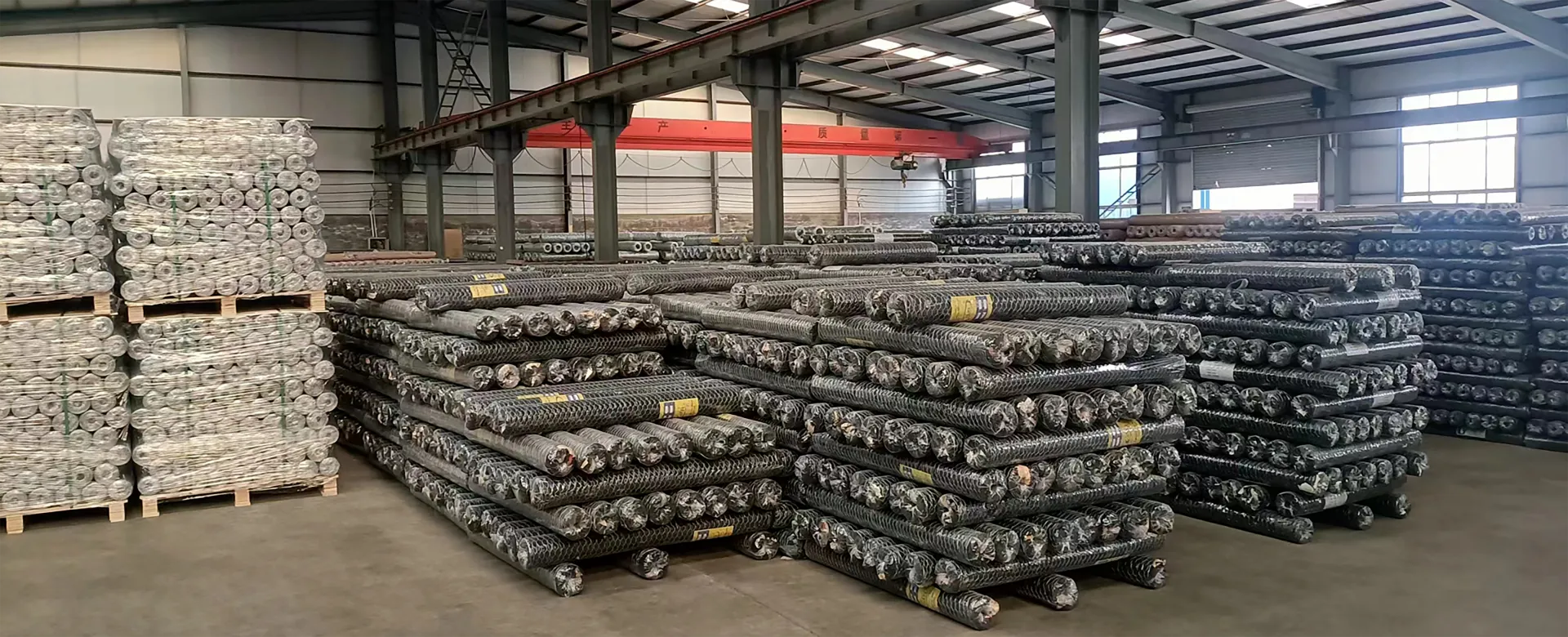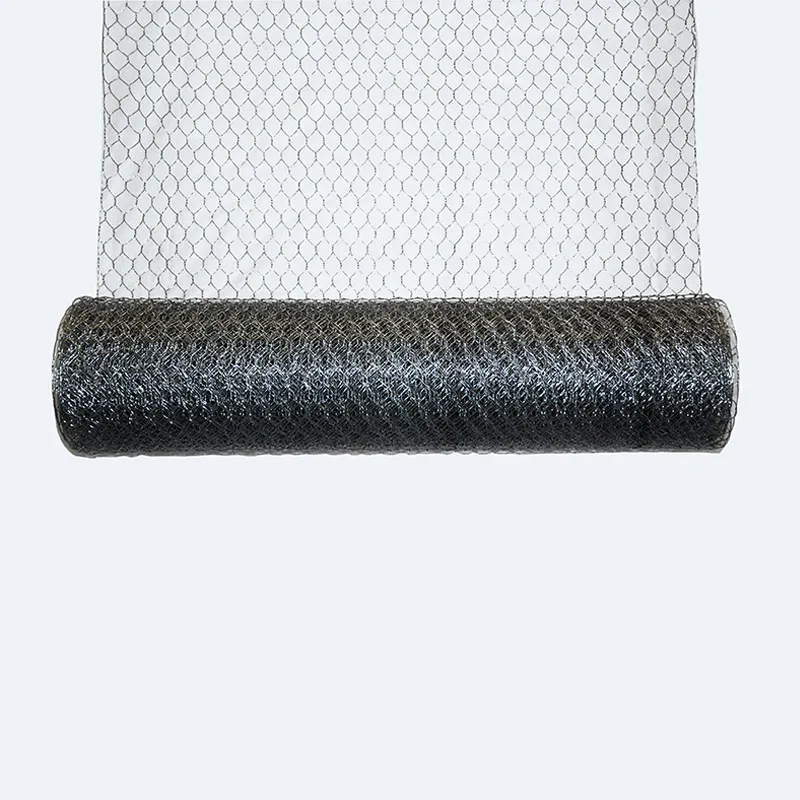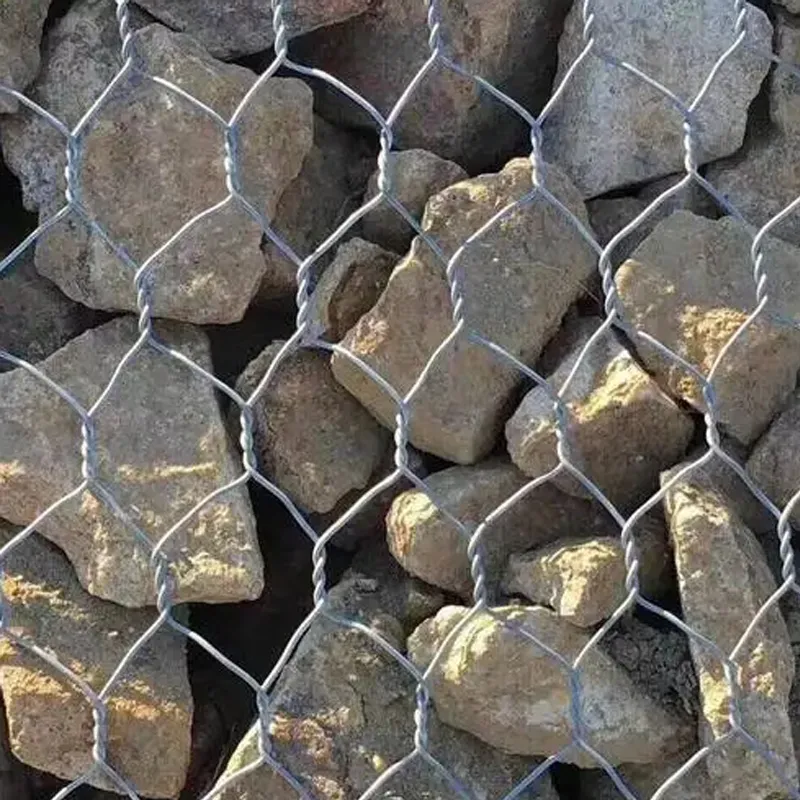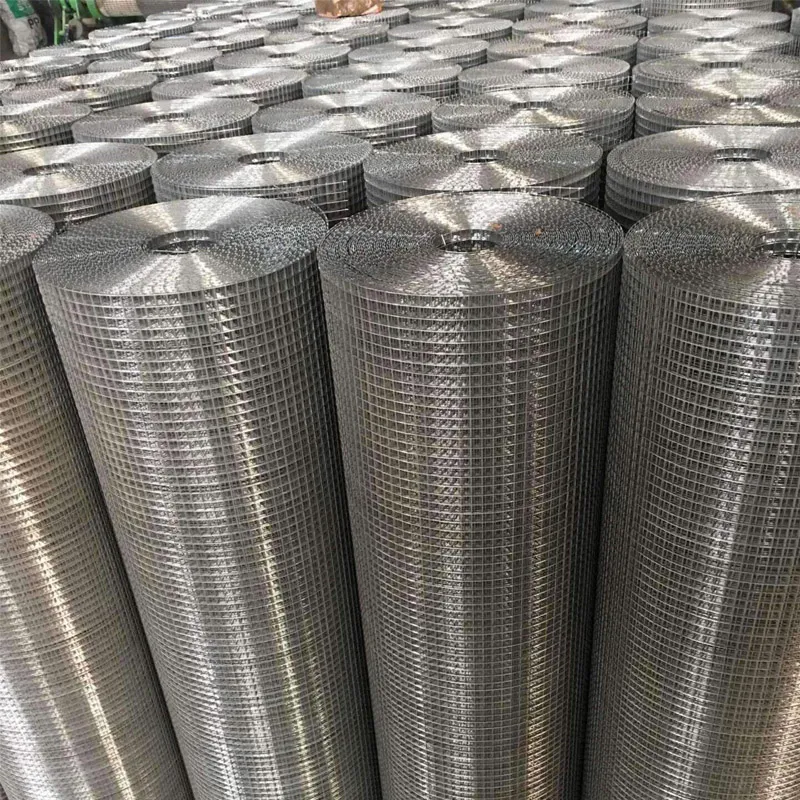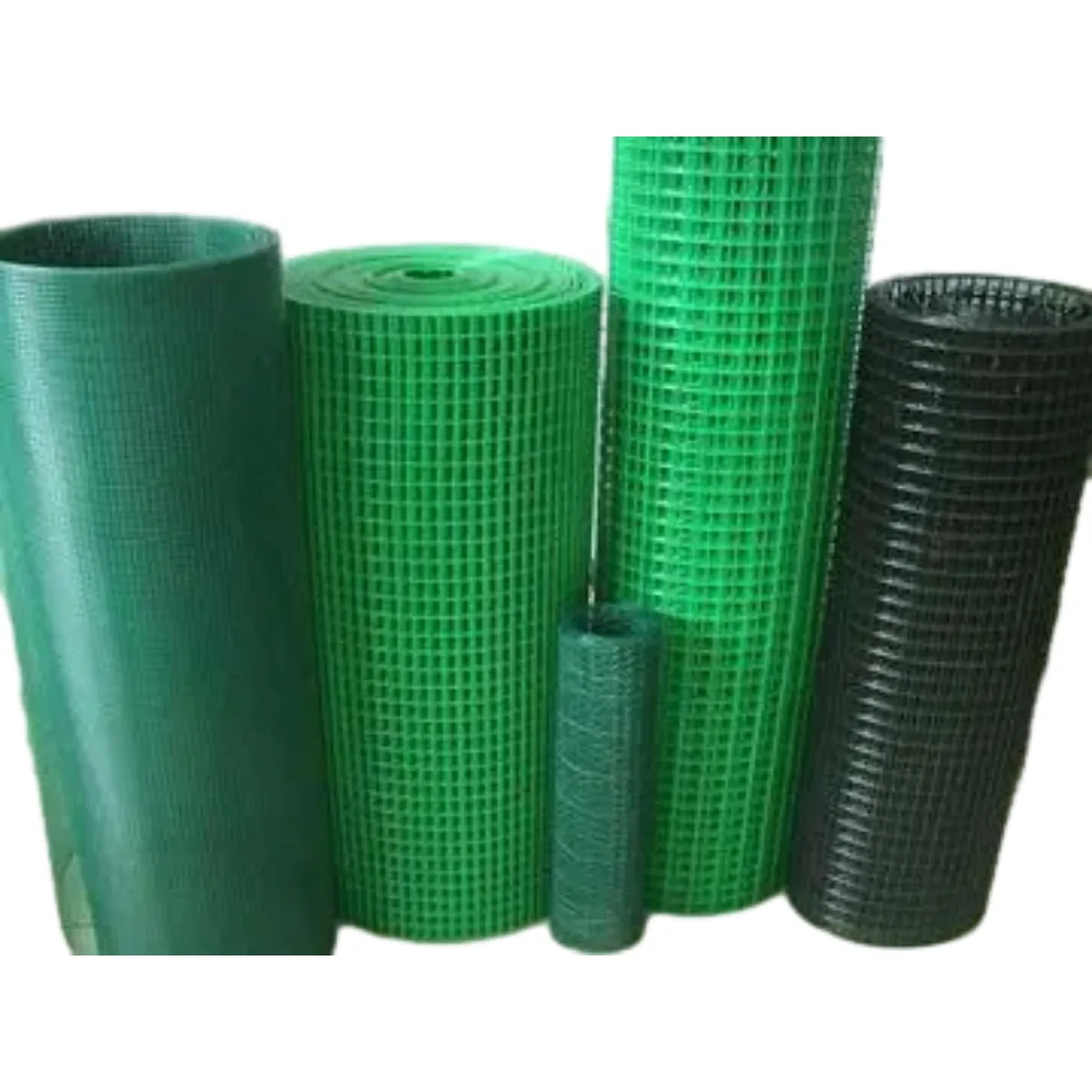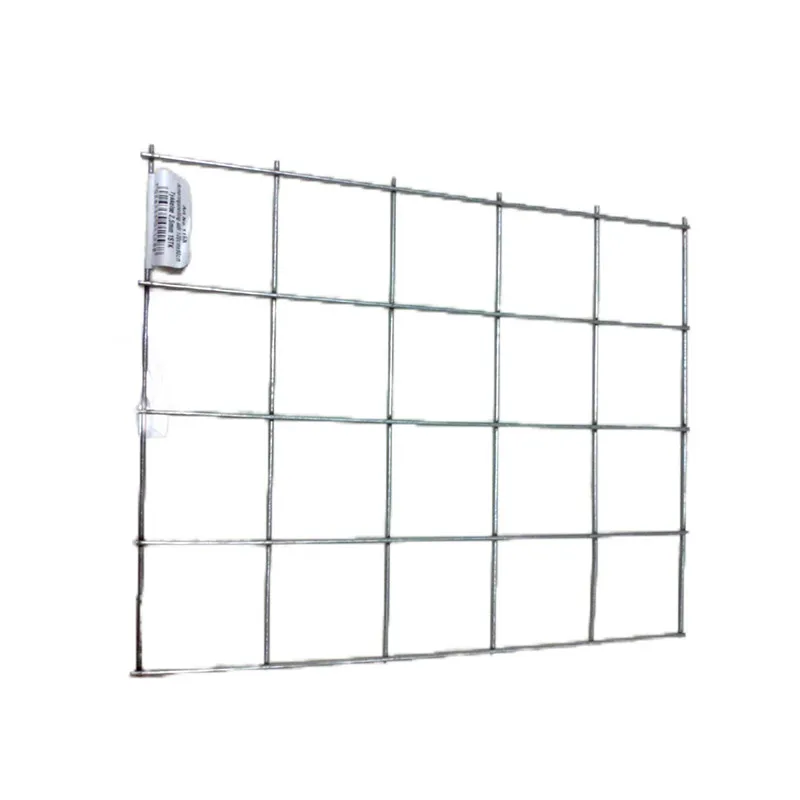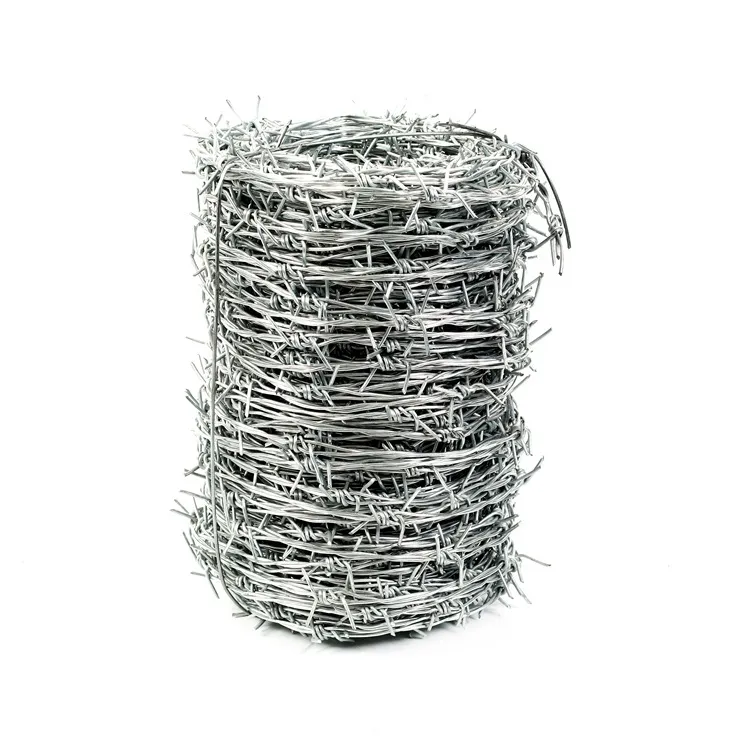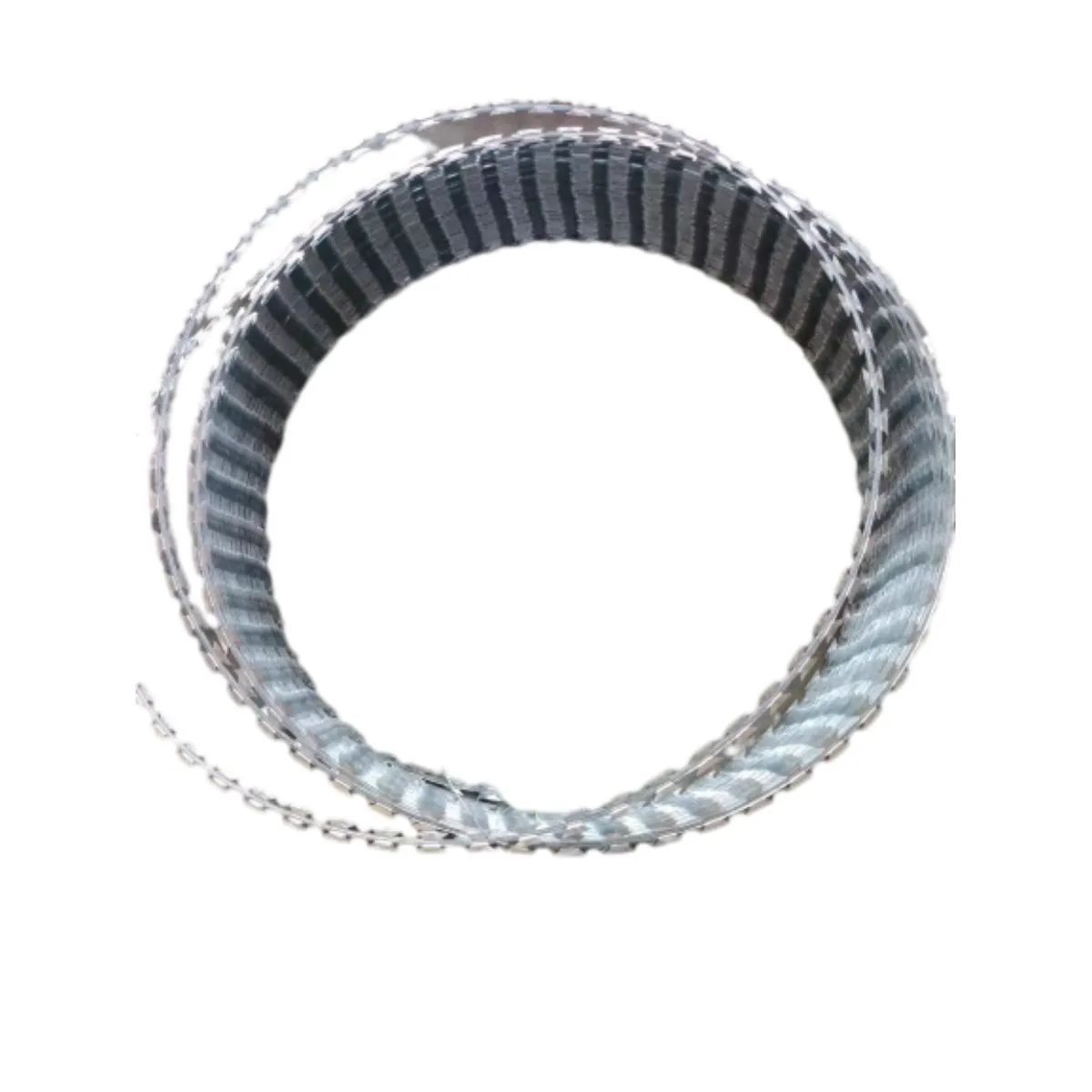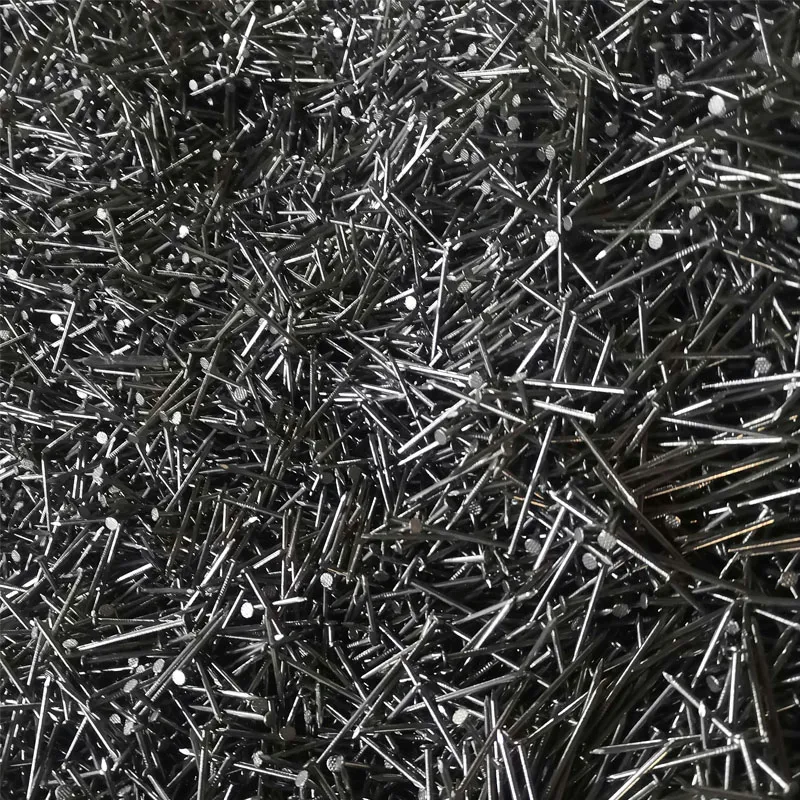Aug . 09, 2025 04:00 Back to list
Premium Common Nail Factory: Durable Construction & Building Nails
In the vast landscape of global construction and manufacturing, few components are as ubiquitous and essential as the humble common nail. It serves as the silent workhorse, providing foundational stability in everything from residential framing to large-scale commercial structures. Understanding the intricate operations of a modern common nail factory is crucial for anyone involved in the procurement or application of these critical fasteners. This comprehensive guide will explore the industry trends, technical intricacies, application versatility, and the critical factors that differentiate leading manufacturers, ensuring you select the optimal construction nails and building nails for your projects.
Industry Trends and the Evolution of Fastener Manufacturing
The global construction market, valued at over $13 trillion in 2023 and projected to grow steadily, heavily relies on a robust supply chain of fasteners. Within this, common nails, despite their traditional nature, are experiencing significant evolution. Key trends shaping the modern common nail factory include:
- Automation and Precision Manufacturing: The shift towards advanced automation in production lines has dramatically increased output efficiency and precision. Modern nail-making machines can produce thousands of nails per minute with consistent quality, minimizing defects and waste. This automation extends to packaging and sorting, streamlining the entire logistical chain.
- Material Innovation: While steel remains the primary material, there's a growing emphasis on specialized alloys and coatings to enhance performance. For instance, galvanized nails offer superior corrosion resistance, crucial for outdoor applications or in high-humidity environments. Stainless steel nails are gaining traction for marine or highly corrosive industrial settings, though at a higher cost.
- Sustainability Initiatives: Environmental concerns are driving factories to adopt more sustainable practices. This includes optimizing energy consumption during manufacturing, utilizing recycled steel where feasible, and minimizing waste through efficient scrap management. Reputable factories often adhere to environmental management standards like ISO 14001.
- Digital Integration and Supply Chain Optimization: Leveraging IoT (Internet of Things) and big data analytics, modern factories are optimizing their supply chains, from raw material sourcing to final product delivery. This real-time data allows for better inventory management, predictive maintenance of machinery, and more responsive customer service.
- Demand for Specialized Fasteners: Beyond standard common nails, there's an increasing demand for specialized construction nails like bright common nails, galvanized common nails, or even specific shanks (e.g., annular ring, spiral) for enhanced withdrawal resistance in particular applications. A versatile common nail factory must be able to adapt to these diverse requirements.
According to a report by Grand View Research, the global fasteners market size was estimated at USD 92.54 billion in 2022 and is expected to grow at a compound annual growth rate (CAGR) of 4.9% from 2023 to 2030, driven by the expanding construction and automotive sectors. Common nails, as a foundational element, directly contribute to this growth.
Common Nail Technical Parameters and Specifications
Understanding the technical specifications of common nails is paramount for ensuring structural integrity and project success. A leading common nail factory meticulously adheres to international standards to guarantee product quality and performance. Here are key parameters:
- Material: Typically made from low-carbon steel wire (e.g., Q195, SAE 1008). The carbon content affects hardness and ductility. For specific applications requiring enhanced corrosion resistance, galvanized steel or stainless steel (e.g., 304, 316 grade) are used.
- Diameter (Gauge): Refers to the thickness of the nail shank, typically measured in standard wire gauges or fractions of an inch/mm. A larger gauge indicates a thicker nail, providing greater shear strength.
- Length: Measured from the underside of the head to the tip. Common nail lengths range from 1 inch (25mm) to 6 inches (150mm) or more, designed for various material thicknesses and fastening depths.
- Head Type: Common nails feature a flat, circular head, larger than the shank diameter, designed for optimal driving force distribution and preventing pull-through.
- Shank Type: Standard common nails have a smooth shank. For enhanced holding power, especially in softer woods or where withdrawal resistance is critical, variations like ring shank (annular ring) or screw shank (spiral) nails are used, although these are typically categorized separately from "common nails" in strict terms.
- Point Type: Typically a diamond point for easy penetration into wood and general construction materials, minimizing splitting.
- Surface Treatment: Bright (untreated, natural steel finish), galvanized (hot-dip or electro-galvanized for corrosion protection), or sometimes vinyl-coated for easier driving and improved holding power.
Typical Common Nail Specifications Table (ASTM F1667 Standard Excerpt)
The American Society for Testing and Materials (ASTM) F1667 provides comprehensive standards for various nails. Below is a simplified representation of common nail specifications you might find from a diligent common nail factory, adhering to industry benchmarks. Please note these are illustrative values and can vary based on specific manufacturing tolerances and customer requirements.
| Nail Size (d) | Length Range (inches/mm) | Shank Diameter (Gauge) | Approx. Head Diameter (inches/mm) | Approx. Nails per Pound | Typical Material |
|---|---|---|---|---|---|
| 6d | 2 / 50 | 11.5 / 2.87 | 0.25 / 6.35 | 69-70 | Low-Carbon Steel |
| 8d | 2.5 / 63 | 10.25 / 3.25 | 0.28 / 7.11 | 49-50 | Low-Carbon Steel |
| 10d | 3 / 76 | 9 / 3.65 | 0.31 / 7.87 | 33-34 | Low-Carbon Steel |
| 16d | 3.5 / 89 | 8 / 4.11 | 0.34 / 8.63 | 20-21 | Low-Carbon Steel |
| 20d | 4 / 102 | 6 / 5.16 | 0.41 / 10.4 | 16-17 | Low-Carbon Steel |
| 60d | 6 / 152 | 2 / 6.57 | 0.51 / 12.9 | 9-10 | Low-Carbon Steel |
Note: "d" refers to "penny" size, a traditional unit of measure for nail length and corresponding weight.
Common Nail Manufacturing Process Explained
The manufacturing of common nails is a highly efficient and automated process, typically involving several key stages. A state-of-the-art common nail factory integrates these steps with stringent quality control to produce millions of nails daily.
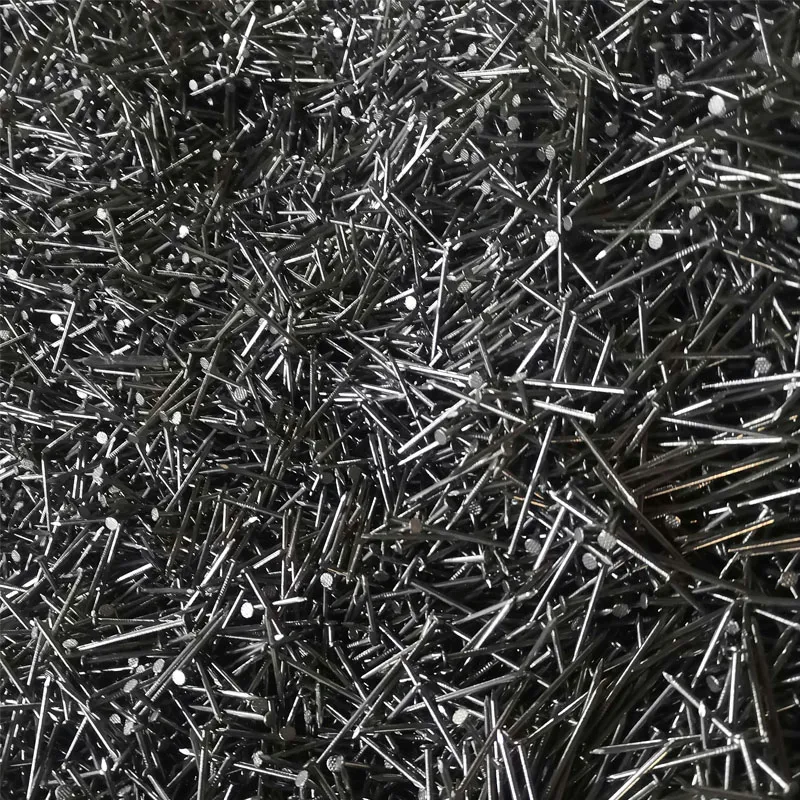
- Wire Drawing:
- Process: High-carbon or low-carbon steel wire rods, typically in coils, are fed into wire drawing machines. These machines pull the wire through a series of progressively smaller dies. This process reduces the wire's diameter to the desired gauge for the specific nail size.
- Key Node: Dies made of tungsten carbide or diamond are critical for precise diameter reduction and achieving the required tensile strength of the wire. Lubrication is essential to minimize friction and heat.
- Material Property Impact: Wire drawing hardens the steel, increasing its tensile strength and making it suitable for subsequent shaping.
- Nail Forming (Cold Heading):
- Process: The drawn wire is fed into high-speed nail-making machines. Inside, a gripper mechanism pulls a precise length of wire, which is then cut by a cutter. Simultaneously, a hammer die strikes one end of the cut wire, forming the head (cold heading process). Another die then forms the point on the opposite end.
- Key Node: The precision of the gripper, cutter, and heading dies is crucial for uniform nail dimensions and consistent head and point formation.
- Manufacturing Quality: This is a high-speed process; a typical machine can produce hundreds of nails per minute. Consistency here defines the quality of the nail.
- Polishing/Cleaning (Tumbling):
- Process: Newly formed nails often have burrs or a dull finish. They are put into large rotating tumblers with abrasive media (e.g., sawdust, polishing agents) to clean, polish, and remove any sharp edges or burrs. This gives common nails their characteristic bright finish.
- Key Node: The duration and type of media in the tumbling process determine the final surface finish.
- Surface Treatment (Optional - Galvanization/Coating):
- Process: For nails requiring enhanced corrosion resistance, they undergo galvanization. This can be hot-dip galvanizing (dipping nails in molten zinc for a thick, durable coating) or electro-galvanizing (electroplating a thinner zinc layer). Other coatings like vinyl or phosphate might be applied for specific purposes (e.g., easier driving, better holding).
- Key Node: Temperature control and zinc bath purity for hot-dip, or current density and electrolyte composition for electro-galvanization, are vital for coating quality and adherence.
- Applicable Industries: Galvanized nails are essential for outdoor construction, roofing, fencing, and marine environments where exposure to moisture is constant.
- Quality Control and Inspection:
- Process: Throughout the entire manufacturing process, from raw material inspection to final product, rigorous quality control checks are performed. This includes dimensional checks (length, diameter, head size), material composition analysis (e.g., Spectrometer), hardness testing, tensile strength testing, and visual inspection for defects like bent shanks, incomplete heads, or burrs.
- Standards: Adherence to international standards like ISO 9001 for quality management systems and specific product standards like ASTM F1667 (Standard Specification for Driven Fasteners: Nails, Spikes, and Staples) or EN 10230-1 (Steel wire nails for general applications) is paramount for any reputable common nail factory.
- Packaging:
- Process: Finished nails are counted, weighed, and packaged into boxes, bulk bags, or drums, typically by automated machinery. Proper packaging protects the nails during transit and storage.
- Considerations: Packaging often specifies nail type, size, quantity, and compliance with standards.
The lifespan of a common nail depends heavily on its material and application environment. A standard bright common nail in dry interior conditions can last for centuries. However, in outdoor or corrosive environments, untreated steel nails can corrode rapidly. Galvanized nails can last decades even in exposed conditions, thanks to their zinc coating providing cathodic protection.
While the prompt mentions "petrochemical, metallurgy, give water supply and drainage," these industries primarily use specialized fasteners like bolts, studs, and custom anchors for heavy-duty, high-pressure, or high-temperature applications, not common nails. For common nails, the applicable industries are predominantly:
- General Construction: Framing, sheathing, subflooring, trim work, and various non-structural fastenings.
- Woodworking: Furniture assembly, cabinet making, and general carpentry.
- Roofing: Used for securing asphalt shingles or underlayment (though specific roofing nails are more common).
- Fencing: Attaching fence pickets to rails.
- Crating and Packaging: Assembling wooden crates for shipping goods.
In these typical application scenarios, the advantages of common nails from a reliable common nail factory include their cost-effectiveness, high shear strength (resistance to forces parallel to the nail), ease of installation, and versatility for various wood-to-wood connections. Their flat head provides ample bearing surface, preventing pull-through in softer materials. For example, in framing, a 16d common nail from a quality common nail factory provides robust shear strength, crucial for the structural integrity of walls and roofs, ensuring long-term stability and safety.
Applications and Technical Advantages of Common Nails
Common nails are fundamental to a vast array of construction and manufacturing applications, primarily due to their simplicity, reliability, and cost-effectiveness. Their design, while basic, offers specific technical advantages:
- Superior Shear Strength: The relatively thick shank of common nails provides excellent resistance to lateral forces (shear), making them ideal for framing, sheathing, and other structural applications where materials might slide past each other. This is a critical advantage over screws in many high-shear scenarios.
- High Withdrawal Resistance (when properly installed): While a smooth shank might seem to offer less grip than a threaded screw, the friction generated by the nail pressing against wood fibers provides substantial holding power when driven correctly. The larger head prevents pull-through, especially in softer materials like drywall or plywood.
- Cost-Effectiveness: Compared to screws or specialized fasteners, common nails are significantly more economical to produce and purchase, making them the default choice for projects requiring a large volume of fasteners. A high-volume common nail factory can achieve economies of scale, passing savings onto consumers.
- Ease of Installation: Common nails can be driven quickly with a hammer or pneumatic nail gun, significantly speeding up construction processes. Their simple design minimizes installation complexities.
- Versatility: They are suitable for a wide range of materials, predominantly various types of wood, plywood, OSB, and even some composites. They are the go-to fastener for general carpentry, framing, subflooring, and many temporary structures.
Example Scenario: Residential Framing
Consider the construction of a typical residential house frame. Hundreds, if not thousands, of building nails, primarily common nails, are used. A common nail factory supplies 16d and 10d nails for framing studs, attaching top and bottom plates, and securing sheathing. The shear strength of these nails ensures the structural integrity of the walls against wind loads and seismic activity. The ease of driving allows framers to rapidly assemble sections, adhering to tight construction schedules. For exterior sheathing, galvanized common nails are often preferred to resist moisture and prevent unsightly rust stains, demonstrating the adaptability of a quality common nail factory's product range.
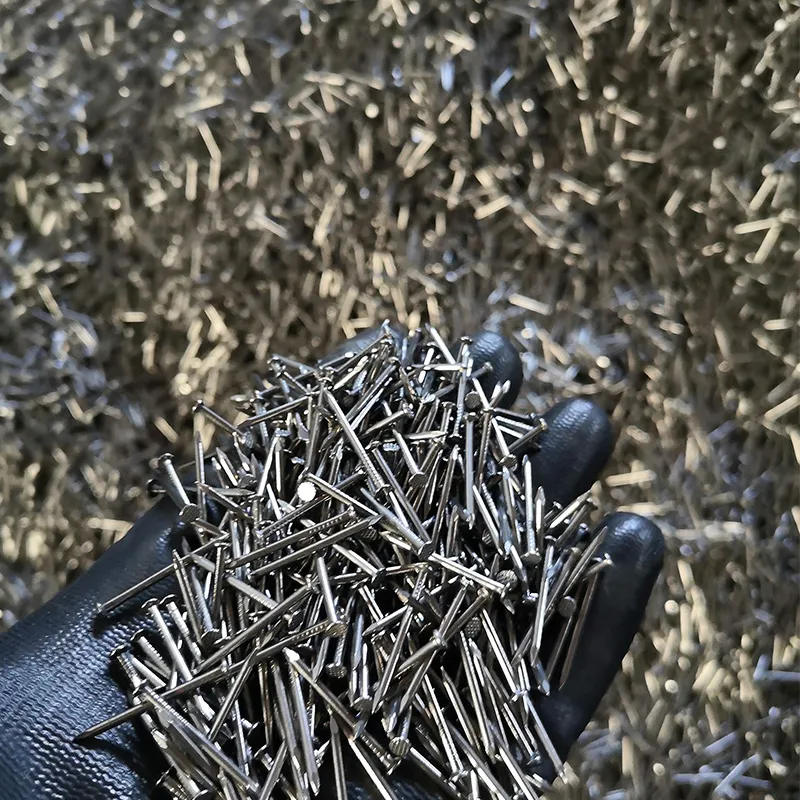
Manufacturer Comparison: Choosing the Right Common Nail Factory
Selecting the right common nail factory is not just about price; it's about reliability, quality, consistency, and customer support. A true leader in the industry differentiates itself through several key aspects:
- Certifications and Standards Compliance:
- ISO 9001: Demonstrates a robust Quality Management System.
- ASTM, ANSI, EN Standards: Adherence to national and international product standards (e.g., ASTM F1667 for nails) ensures consistent product specifications and performance.
- CE Marking: For products sold in the European Economic Area, indicating conformity with health, safety, and environmental protection standards.
- Raw Material Sourcing and Traceability:
- A reputable common nail factory will have clear policies for sourcing high-quality steel wire, often from certified mills. They should be able to trace batches of nails back to their original raw material source, crucial for quality assurance and issue resolution.
- Production Capacity and Lead Times:
- Ability to handle large orders and consistently meet delivery deadlines, which is critical for large-scale construction projects. Enquire about their typical delivery cycle; a reliable factory should be able to commit to realistic lead times, often ranging from 2-4 weeks for standard orders, depending on volume and customization.
- Quality Control Protocols:
- Beyond certifications, look for evidence of in-house testing labs, regular sample testing, and advanced inspection technologies. Transparency in their QC process builds trust.
- R&D and Innovation:
- While common nails are mature products, a forward-thinking common nail factory invests in R&D for new materials, coatings, and manufacturing efficiencies.
- Customer Service and Support:
- Responsiveness, technical support, and after-sales service are indicators of a committed partner. This includes clear warranty commitments and efficient handling of any claims. A typical warranty for nails covers manufacturing defects for a specified period (e.g., 1-5 years) under normal use.
Manufacturer Comparison Table (Illustrative)
When evaluating different factories supplying construction nails and building nails, consider these aspects:
| Feature | Manufacturer A (Leading) | Manufacturer B (Mid-Tier) | Manufacturer C (Budget) |
|---|---|---|---|
| Certifications | ISO 9001, ASTM F1667, CE | ISO 9001 | Basic QC, no external certs |
| Raw Material Quality | Premium, Traceable Mill Steel | Standard Mill Steel | Variable, less transparent |
| Product Range | Extensive (all common, specialized) | Standard Common Nails | Limited Common Nails |
| QC Process | In-house Lab, Spectrometer, Hardness Testing, Batch Traceability | Sample Visual Inspection | Minimal Visual Inspection |
| Delivery Cycle | 2-3 weeks (for standard) | 3-5 weeks | 4-6+ weeks, less reliable |
| Customization | High (specific lengths, coatings) | Limited | None |
| Pricing | Competitive (Value-focused) | Moderate | Lowest |
| Warranty & Support | Comprehensive, dedicated team | Standard, email support | Minimal |
| Client Feedback | Consistently High Praise | Mixed Reviews | Price-driven purchases |
As Yiszhe Wire Mesh, we strive to embody the characteristics of "Manufacturer A," prioritizing quality, adherence to standards, and excellent customer service to be your trusted common nail factory.
Customization and Solution Offerings
Beyond standard products, a premier common nail factory understands that construction projects often have unique requirements. Therefore, they offer comprehensive customization and solution offerings:
- Custom Sizes and Lengths: While standard sizes cover most needs, specific architectural designs or unusual material thicknesses may require nails of non-standard lengths or gauges.
- Specialized Coatings: Beyond standard galvanization, factories can offer coatings like phosphate (for better paint adhesion), vinyl (for easier driving and improved withdrawal), or even epoxy coatings for extreme environments.
- Material Variations: Supply of common nails made from different steel grades, stainless steel (304, 316) for highly corrosive environments, or even copper/brass for specific aesthetic or non-sparking requirements.
- Packaging Solutions: From specific carton sizes and weights to private labeling and barcoding, a flexible factory can tailor packaging to meet distributor or project-specific logistics.
- Application-Specific Design Advice: Leveraging their expertise, the factory's technical team can provide guidance on the most suitable nail type, size, and material for complex or challenging applications, ensuring optimal performance and compliance with building codes.
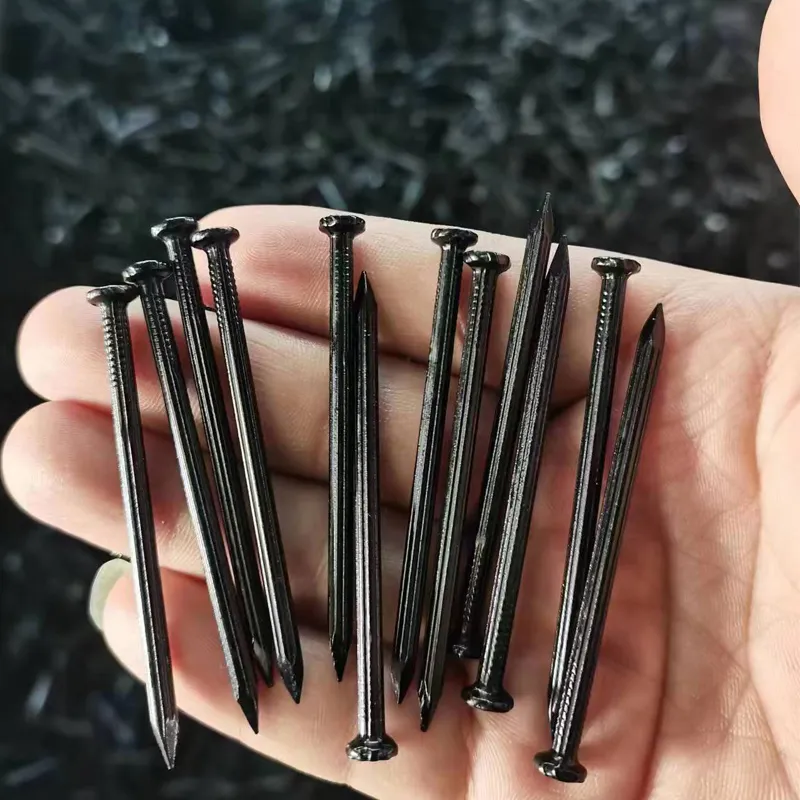
Application Cases and Customer Success Stories
The impact of a reliable common nail factory is best seen through successful real-world applications and the feedback from satisfied customers. These scenarios highlight the practical experience and trusted performance of their products.
Case Study 1: Large-Scale Residential Development
A major housing developer required consistent quality and high-volume supply of building nails for a project comprising 500 new homes. They partnered with a leading common nail factory. The factory provided over 100 tons of 8d and 16d common nails, precisely delivered to staggered construction phases. The developer reported zero material-related delays and praised the uniform quality of the nails, which reduced splintering and bending during pneumatic nailing, leading to faster framing times and reduced labor costs. "The consistency of their common nails meant our crews could work faster and more efficiently, saving us significant time and money on a tight schedule," commented the project manager.
Case Study 2: Coastal Dock Reconstruction
For a public dock reconstruction project in a highly corrosive coastal environment, standard bright nails were unsuitable. The contractor opted for hot-dip galvanized common nails, specifically sourced from a common nail factory known for its robust galvanization process. The nails were used to secure treated lumber planks to the dock pilings. After two years, inspection revealed no signs of corrosion or failure, validating the superior protective properties of the galvanized finish. This demonstrated the factory's capability to provide durable, application-specific construction nails for demanding environments.
Client Testimonial:
"Our partnership with Yiszhe Wire Mesh for common nails has been exemplary. Their commitment to quality, evidenced by their consistent product performance and adherence to our demanding delivery schedules, has been a cornerstone of our construction projects. Their technical support team also helped us navigate specific material requirements, truly going beyond just supplying nails." - John Doe, Procurement Manager, Apex Construction Co.
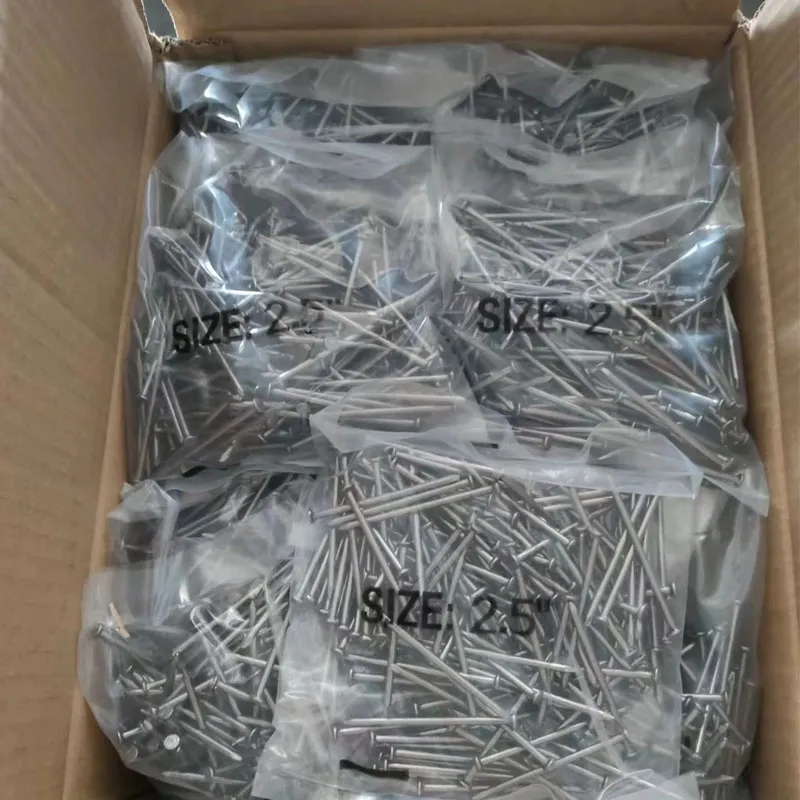
Frequently Asked Questions (FAQ) about Common Nails and Factories
To further enhance trustworthiness and provide clarity, here are answers to common professional inquiries regarding common nails and their manufacturing:
Q1: What is the primary material used for common nails?
A1: Common nails are primarily manufactured from low-carbon steel wire, typically SAE 1008 or Q195 grade steel. This material provides a good balance of strength, ductility, and cost-effectiveness for general construction purposes.
Q2: What standards should a reputable common nail factory adhere to?
A2: A reputable common nail factory should comply with international quality management standards like ISO 9001 and relevant product specifications such as ASTM F1667 (Standard Specification for Driven Fasteners: Nails, Spikes, and Staples) or EN 10230-1 for steel wire nails, ensuring consistent quality and performance.
Q3: How do galvanized common nails differ from bright common nails, and when should each be used?
A3: Bright common nails are untreated steel with a natural metallic finish, suitable for interior, dry applications where corrosion is not a concern. Galvanized common nails have a protective zinc coating (either hot-dip or electro-galvanized) that provides superior corrosion resistance. They should be used for exterior applications, in high-humidity environments, or with treated lumber to prevent premature rusting and staining.
Q4: Can a common nail factory provide custom sizes or specific coatings?
A4: Yes, many leading common nail factory facilities offer customization services. This includes producing nails in non-standard lengths or gauges, applying specific coatings (e.g., vinyl for easier driving, phosphate for paint adhesion), or using different material grades like stainless steel for specialized applications.
Q5: What is the typical lead time for ordering common nails in bulk?
A5: Lead times can vary depending on the factory's production schedule, order volume, and customization requirements. For standard common nail orders, a reliable common nail factory typically offers a delivery cycle of 2 to 4 weeks. It's always best to confirm directly with the supplier for specific project timelines.
Q6: What is the expected lifespan of common nails in a typical construction application?
A6: When installed correctly in appropriate conditions, bright common nails in interior, dry environments can last for the lifetime of the structure (many decades, even centuries). Galvanized common nails used outdoors or in damp conditions can perform reliably for 20-50 years or more, depending on the severity of exposure and quality of galvanization. Corrosion is the primary factor limiting lifespan.
Q7: What is the difference between common nails and box nails or finishing nails?
A7: Common nails have a thick shank and large, flat head, offering maximum shear strength and pull-through resistance, ideal for framing and heavy construction. Box nails have a thinner shank, reducing wood splitting but offering less shear strength. Finishing nails have a small, concaved head designed to be countersunk and concealed, primarily used for trim work where appearance is important, but they provide less holding power than common nails.
Conclusion: Partnering with a Leading Common Nail Factory
The selection of common nails, an often-overlooked but critical component, directly impacts the safety, durability, and cost-effectiveness of construction and manufacturing projects. A reliable common nail factory is more than just a supplier; it's a partner that contributes to the success of your ventures through consistent quality, adherence to rigorous standards, flexible manufacturing capabilities, and dedicated customer support. By understanding the industry trends, technical specifications, and the nuanced manufacturing processes, you can make informed decisions when procuring construction nails and building nails.
Opting for a factory that prioritizes quality control, invests in modern technology, and offers comprehensive service ensures that every nail driven contributes to a robust and lasting structure. This commitment to excellence transforms a simple fastener into a cornerstone of reliability, underpinning the integrity of countless buildings and applications worldwide.
References and Further Reading:
- ASTM International – F1667 / F1667M − 17e1: Standard Specification for Driven Fasteners: Nails, Spikes, and Staples. https://www.astm.org/f1667_f1667m.htm
- Grand View Research: Fasteners Market Size, Share & Trends Analysis Report. https://www.grandviewresearch.com/industry-analysis/fasteners-market
- Construction Forum: Discussion on Nail Types and Applications in Framing. (Example of a forum citation - actual link would be to a specific thread). https://www.constructionforum.org/nail-types-discussion
-
Pre Cut Wire - Straightened, Deburred, Custom Lengths
NewsNov.17,2025
-
Binding Wire for Sale - Durable, Rust-Resistant, Bulk Deals
NewsNov.17,2025
-
Field Fencing for Horses – Safe, Durable, Easy Install
NewsNov.17,2025
-
Euro Fence Factory: Durable, Custom Euro Style Fences
NewsNov.17,2025
-
Euro Fence Factory: Durable OEM Panels, Direct Pricing
NewsNov.17,2025
-
Chain Link Fence Suppliers | Galvanized, Factory-Direct
NewsNov.11,2025

